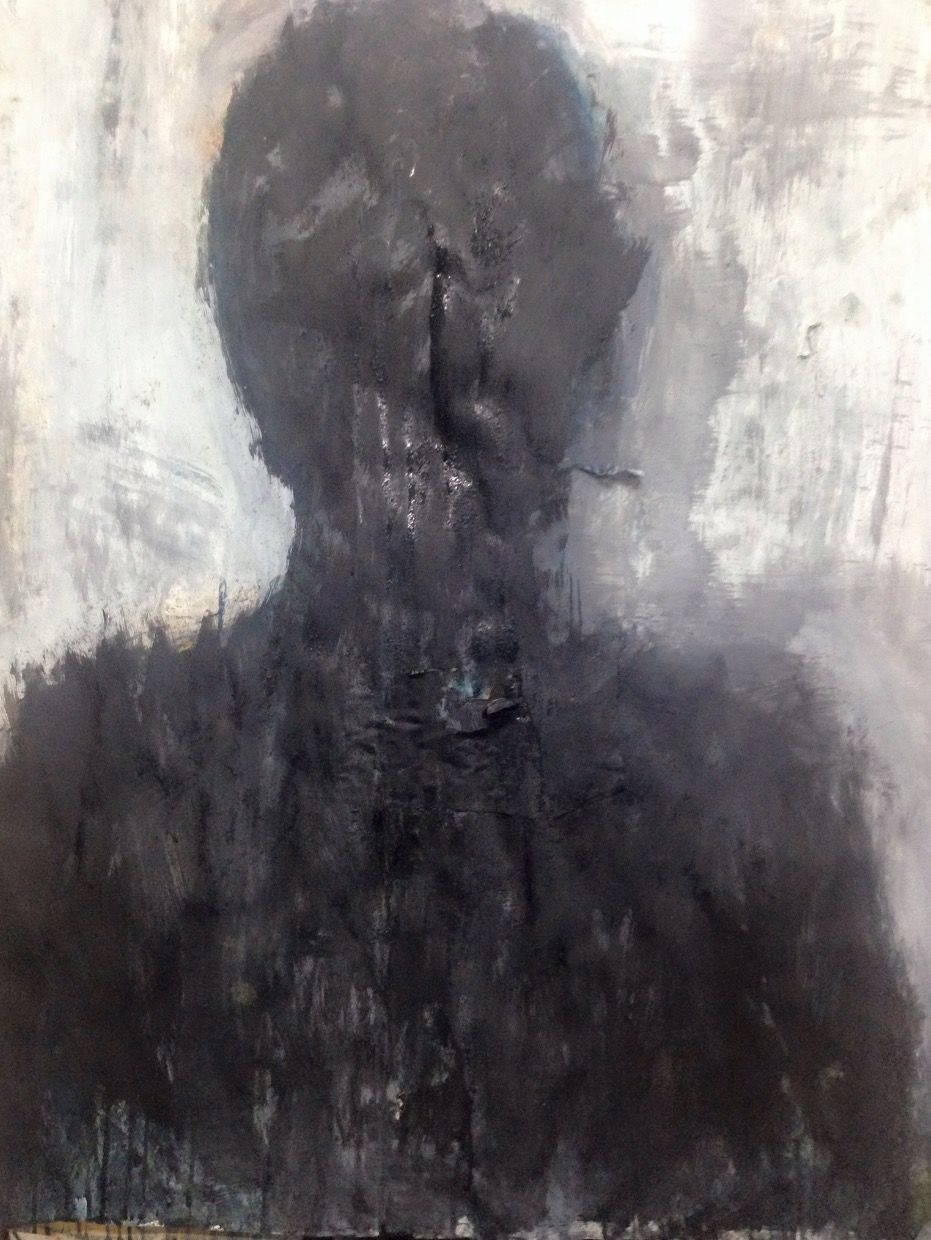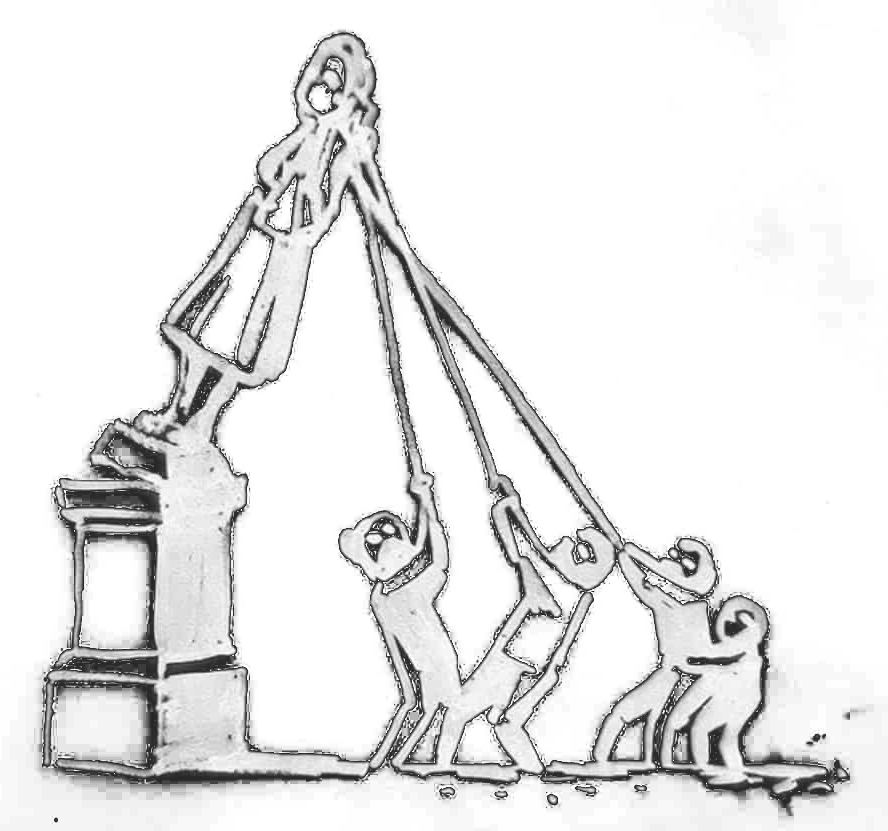NEVILLE DUBE
“What shall we do with the tools?”
Afrocentricity is a trend perpetuated by pop culture and has become a romanticised yearning for an Africa that doesn’t walk hand in hand with poverty, disease and unsavoury histories. We refer to ourselves as kings and queens as we look westward for our head wraps and beaded jewellery. The African artist has been removed from the helm of their fate and joined the world as a consumer of an African state of mind.
But the rudders of our future should be under our own control. Our time really should be now, but it always feels like we grow a third leg as soon as we get a running start. Socio-political circumstances are a given and from a global perspective no place is without its shortcomings, however in every context art can be derived from it all. Change is in the air and the artist has had a great deal to do with this. For the first time in a long time our canvas is engrained with hope.
2020 has been great for art. Almost everyone identifies as creative in nature. The prospect of art being a means to make a living has dawned on us all. The dust has been blown off many a colouring pencil set and the free thinking, open minded nature of the artist has been the driving force behind many social justice victories.
“We have finished the job. What shall we do with the tools?” this inquiry by Haile Selassie has never been more relevant.

We have come a long way but what now? The tools used in Africa’s struggles lie strewn all around us as remnants, worn but still very functional. Singers, actors, dancers, painters, artists of all disciplines, pick up your tools. The control of thoughts and thought processes through any audio-visual medium comes with great responsibility.
Entertainers especially, command the minds of millions, most of whom are young and malleable. Which begs the question of whether or not we’re doing all we can to curate ourselves and our messages. Constantly we have to ask what we are trying to say. The constructive use of the platforms we are given in the varying sizes should be second nature. “Just because” art can only set us back in the process of rebirth. The veil of subjectivity as a necessity in artistic spaces should double up as a filter for glaringly crude and cheap messages. As artists subjectivity is our greatest strength.

As artists we should strive to be a movement and not a trend. It might seem a little harsh to draw a line in the sand between us and our Starbucks photographer and daily doodle counterparts, but a commitment to the life of beans and toast needs more steadfast individuals, individuals willing to get dirty for the cause. We need people committed to the furtherment of the arts and black art in particular.
A digital thumbs up and monetary gain cannot be the sustenance necessary to draw the attention of the world. All too often we find ourselves regurgitating western ideas with some traditional African prints on them. If art is to be our medium as a generation then self-gentrification needs to be cast out. We need to ask ourselves if Africanising anything makes it really and truly African in nature. Our international peers are thriving from this idea. The Africanisation of art, fashion and music are just the tip when it comes to the cultural rape we’ve endured.

We need to reinvent what African art means. The hamster wheel of wooden masks and West African prints needs to be shed. Those stereotypes have been successfully stolen and done to death so falling naïvely into the trap of their popularity cannot aid our cause. Let us take the crafts of our predecessors and breathe new life into them. We can offer traditional African art a more contemporary feel by doing things with them the world has yet to see; taking the woven bowls, and Ndebele dolls and re-imagine them as fine art and not as key chains and ornaments.
At no point in our history was life this good. We now have the optimal conditions and very little resistance against a creative boom. We’re a little late to the party but at this point that’s an advantage. After centuries of exploitation we have definitely learnt a thing or two about milking opportune movements for all their worth.

Looking back and walking forward can be complicated. What is an artist who does not think outside the preordained boxes? Being the successors of an age based on restraint and suppression, our minds tend to tune in to a frequency that questions the struggles of the generation before us. What of the present? When will the present be addressed?
We’re a nostalgic generation. We have an insatiable urge to reminisce on times where our voice could have meant something; a time where a state of meaninglessness and wallowing meant defeat. We are the children of war with no war to fight and although the injustices inflicted on our predecessors remain; our own struggle has only just begun

This is a call to arms; as liberally and as politically correct as it may present itself. It’s a call to take the reins of our Africa. If art is our preferred weapon as African youth then let it be drawn for change. As African artists we have done the work, we’ve banded together, we’ve created, and we’ve multiplied and we’ve changed our societies, but what shall we do with the tools? We cannot wallow in circumstances and cradle ourselves in the comfort of mediocrity, the global mediocrity we constantly find ourselves replicating. We should be striving to keep Africa as the source of Africanism if we are truly the agents of a new age. Let us not find ourselves late for the delivery of a rebirthed Africa. We know our imperfections and we’ve identified our shortcomings. With our tools in hand, let us say something that means something and the world will not only listen, it will surely follow.

All paintings on this page by Thokozani TK Mthiyane, used with kind permission of the artist. Edward Colston statue drawing by Banksy.